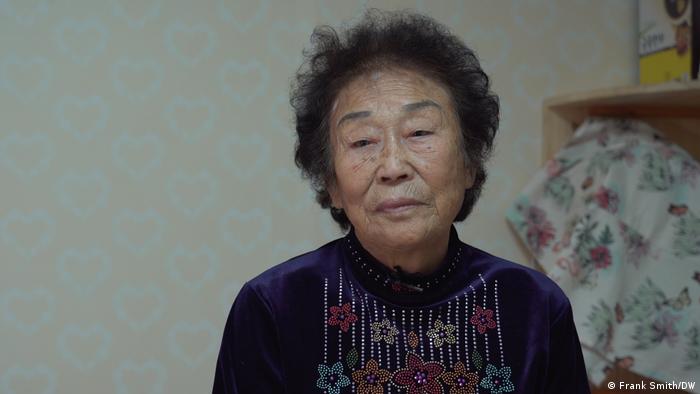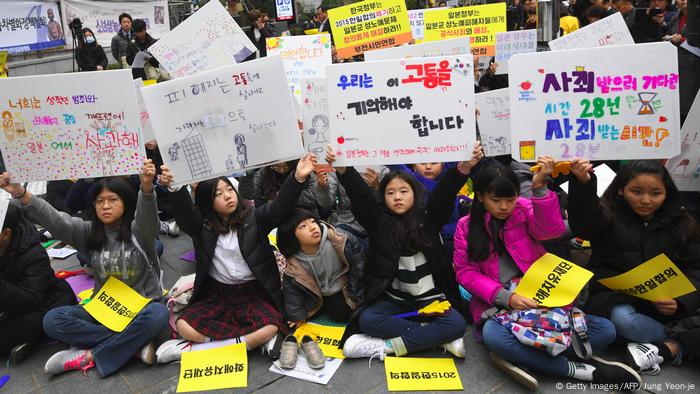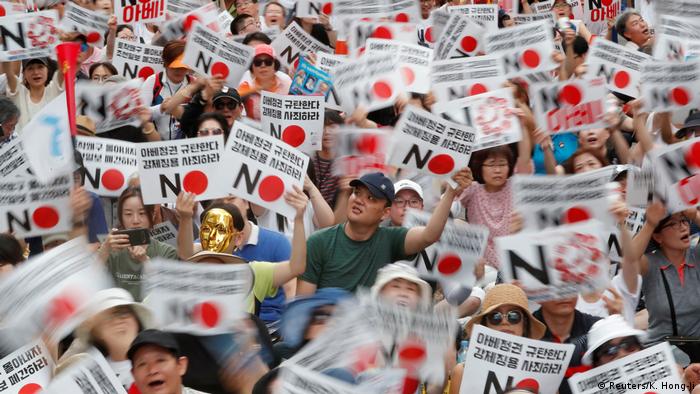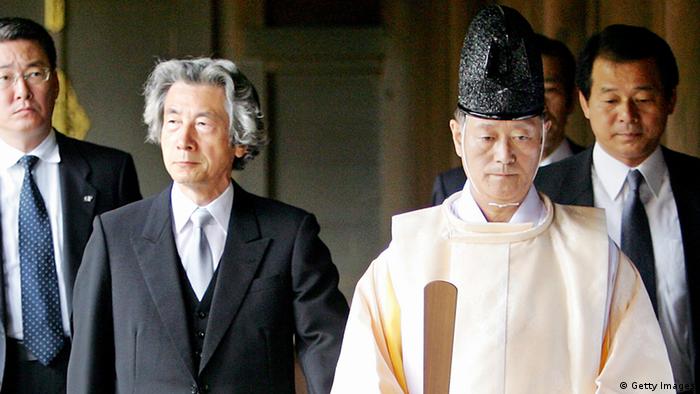In a new and volatile strategic environment, a decades-old commitment on non-proliferation is up for discussion.

Japanese Prime Minister Fumio Kishida has rejected the idea of hosting US nuclear weapons facilities (Kim Kyung-Hoon/Pool/Getty Images)
PURNENDRA JAIN
THE INTERPRETER
Published 14 Mar 2022
In the wake of the Ukraine conflict, Shinzo Abe, Japan’s former prime minister and now head of the largest faction of the ruling Liberal Democratic Party (LDP), has suggested that Japan consider hosting US nuclear weapons facilities on Japanese soil, similar to some European nations, such as Germany, which have nuclear sharing arrangements with the United States.
Abe’s suggestion was made in the context of Ukraine having renounced nuclear weapons in 1994, leaving itself vulnerable today. The announcement also comes on top of deepening concerns about China’s growing military assertiveness around Japan’s maritime space and beyond, and the dangerous situation on the Korean peninsula with threats from the nuclear-capable rocket-launching North Korea.
Debates over whether Japan should host nuclear weapons or even go fully nuclear are not new. In the mid-1970s, a book-length study by John Endicott considered the nuclear option. In the early 2000s, then Chief Cabinet Secretary Yasuo Fukuda and Deputy Chief Cabinet Secretary Shinzo Abe (both of whom later served as prime minister) again raised this prospect. It was quickly put to rest by Japan’s security analysts. Discussion has since continued among political and scholarly communities as to whether Japan should go nuclear, opt for a nuclear sharing arrangement with the United States by hosting nuclear weapons, or maintain its current non-nuclear weapons status.
Some smaller conservative opposition parties want to include nuclear options in policy discussions while considering Japan’s strategic objectives.
This latest eruption though is in a different context. This time, chairman of the General Council of the LDP Tatsuo Fukuda, who like his father Yasuo Fukuda before him holds an influential ruling party post and is touted as a future prime minister, has suggested that “we must not shy away from any debate whatsoever”. Last year’s LDP party presidential candidate and current LDP policy chief Sanae Takaichi also favours a debate. Some smaller conservative opposition parties want to include nuclear options in policy discussions while considering Japan’s strategic objectives. The main opposition parties have, however, strongly resisted any such prospects, arguing in favour of Japan’s non-nuclear status.
Abe’s suggestion was promptly and solidly rejected by Prime Minister Fumio Kishida, as well as by the leader of the Komeito, the junior coalition partner of the ruling LDP. Even Defence Minister Nobuo Kishi, Abe’s younger brother, adopted into the Kishi family, also dismissed the idea of hosting nuclear weapons on Japanese shores. Kishi may have expressed this view in order to align with his boss, Prime Minister Kishida, rather than reflecting his true thinking on the matter, given his political pedigree

Kishida quickly confirmed that Japan firmly adheres to the three non-nuclear principles adopted in 1967, to not possess, produce or permit the introduction of nuclear weapons into Japan’s territory. These principles remain sacrosanct, even though Japan has made substantial departures in defence and security matters in the past decade.
Abe’s comments can be understood in this context, which emanates from a rapidly evolving strategic environment, regionally as well as globally. As prime minister, Abe had introduced several policy initiatives that were unthinkable in previous decades, such as removing bans on defence-related exports, allowing Japan to work with allies and partners in collective self-defence, establishing Japan’s first National Security Council (NSC), and issuing the first-ever National Security Strategy (NSS).
Not only has the Kishida government announced an intended update to the NSS, first issued in 2013, it has also promised to revise the National Defence Program Guidelines and Mid-Term Defence Program issued in 2013 and 2018. All these updates and revisions are undertaken in view of a rapid transformation in the strategic environment.
The long-time self-imposed constraints on Japan’s defence spending, keeping it to less than one per cent of GDP, are also likely to be breached soon.
The Kishida government is likely to go even further and consider acquiring strike capabilities to ensure Japan’s territorial integrity and the safety of its people as well as protect US military assets in Japan, including some 50,000 US defence personnel.
The long-time self-imposed constraints on Japan’s defence spending, keeping it to less than one per cent of GDP, are also likely to be breached soon. The LDP under Kishida’s leadership has promoted for the first time the idea of spending two per cent of GDP in its policy documents just before the last general election in October 2021. Although such a change seems unlikely any time soon due to Japan’s poor fiscal health and significant public opposition, defence spending will definitely increase, as it has over the past decade.
Japan, along with Germany, has often been recognised as an example of a “civilian state”. Germany currently hosts US nuclear weapons facilities and, in view of the Ukraine conflict, has announced a significant increase to its defence budget. Calls are now being made to urge Japan to follow suit.
The postwar US-Japan Treaty of Mutual Cooperation and Security has ensured that Japan has lived happily under US extended deterrence, including the nuclear umbrella. This arrangement is unlikely to change, barring an existential threat to Japan’s territory and sovereignty. But what seemed to be taboo in terms of Japan’s strategic policy – that is, breaching one per cent of GDP on defence spending and developing strike capabilities – is now being discussed seriously. No policy in international relations is eternal, it must change as a nation’s interests change.

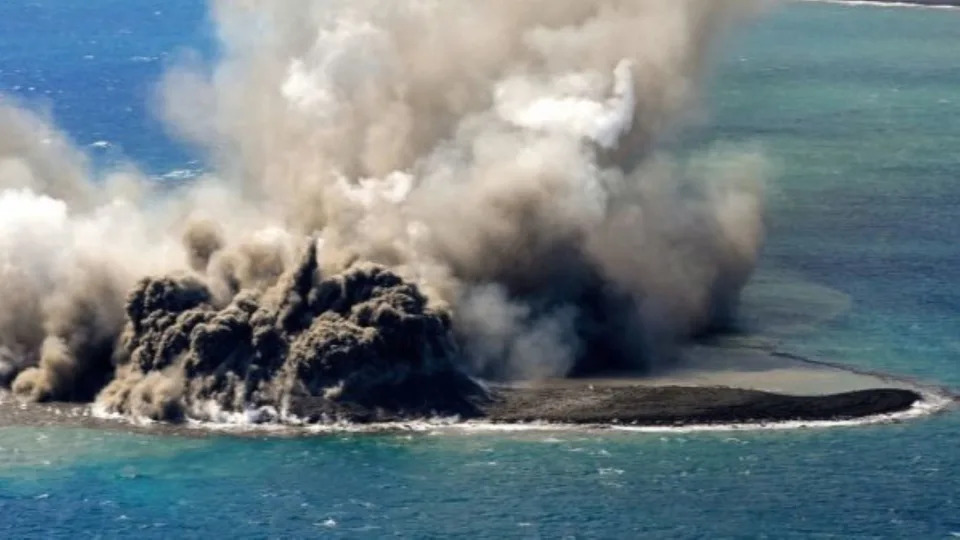

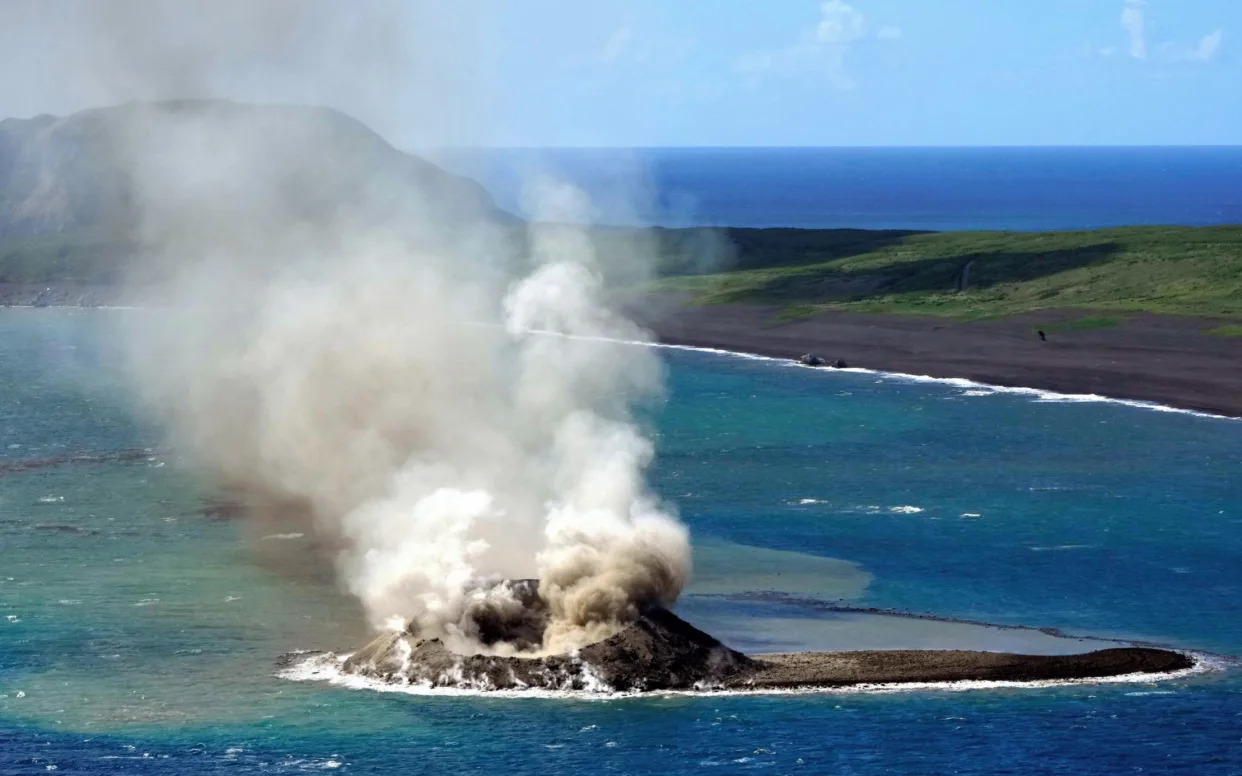






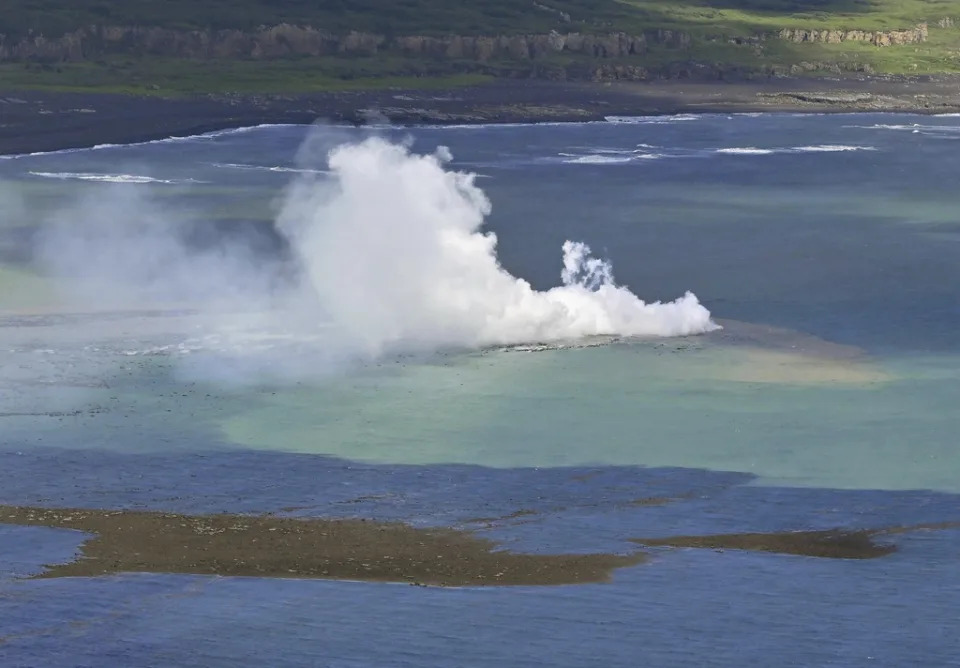
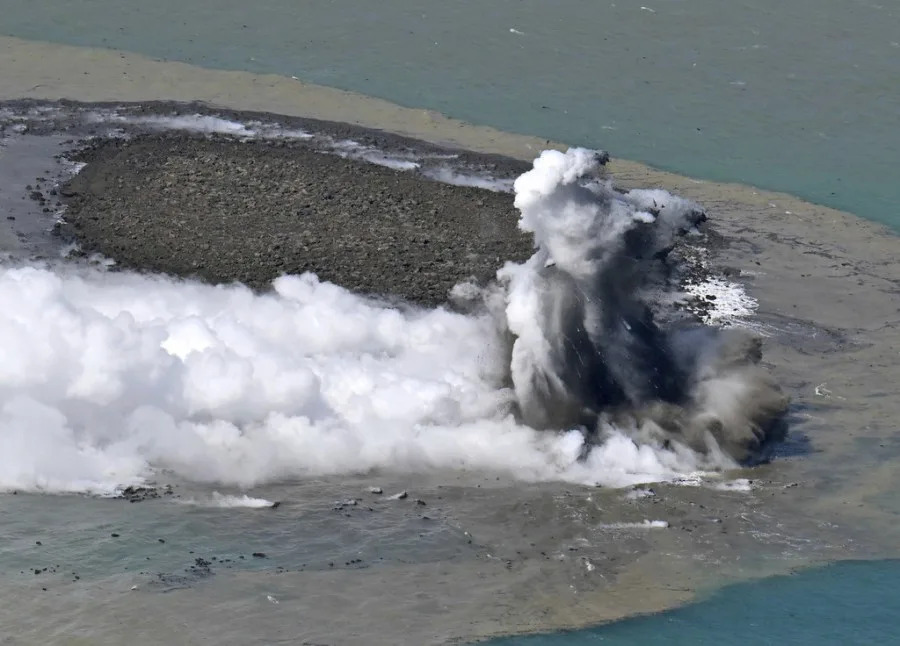

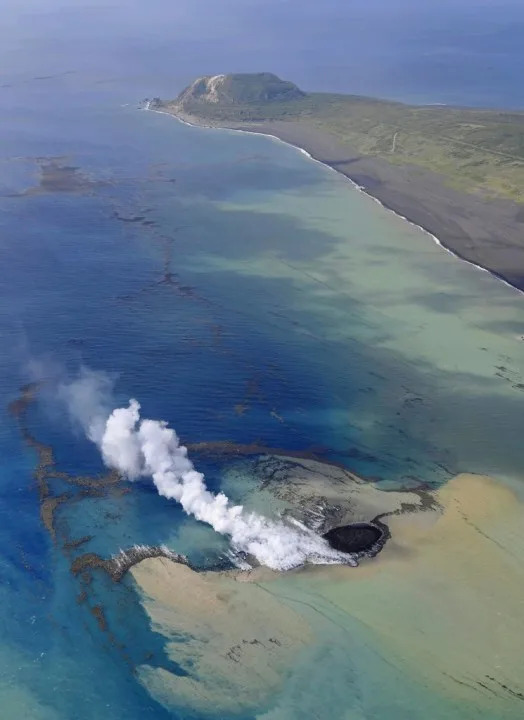
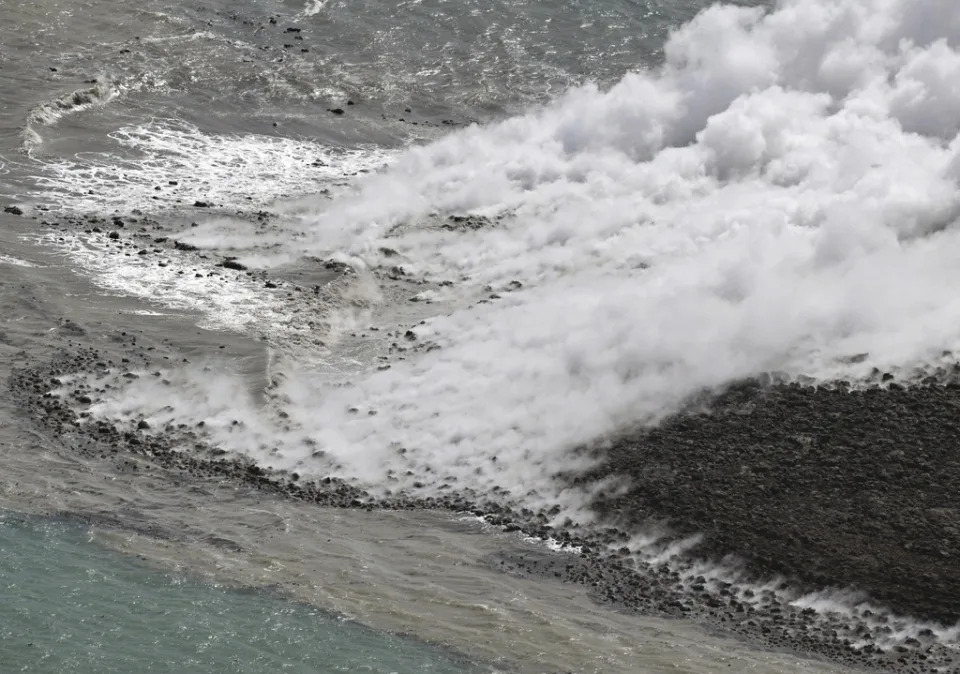
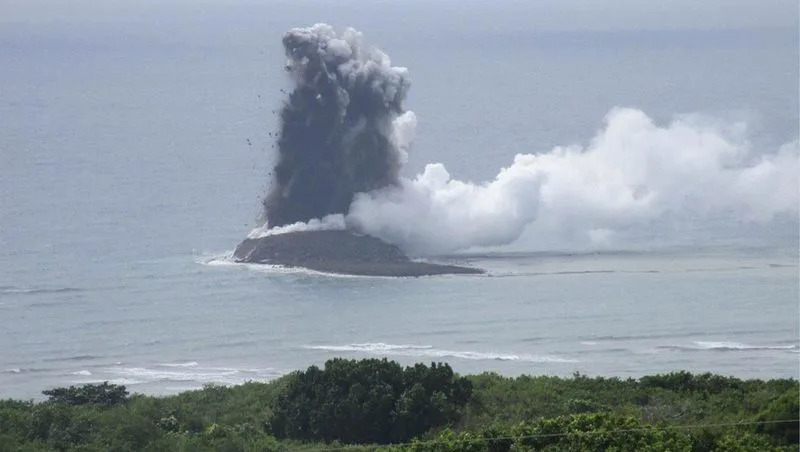
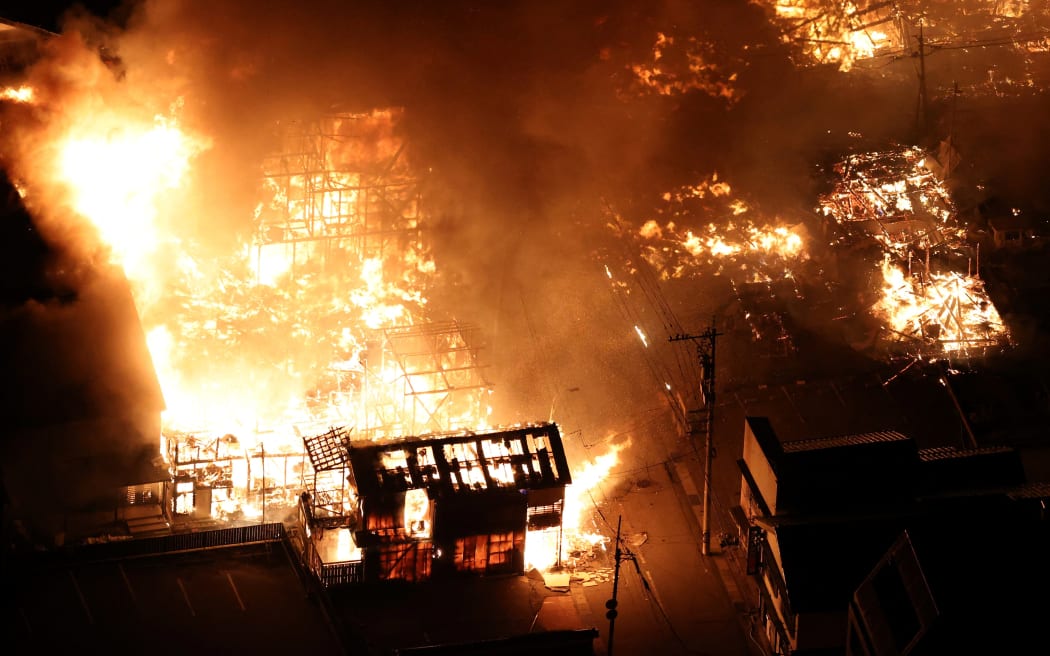
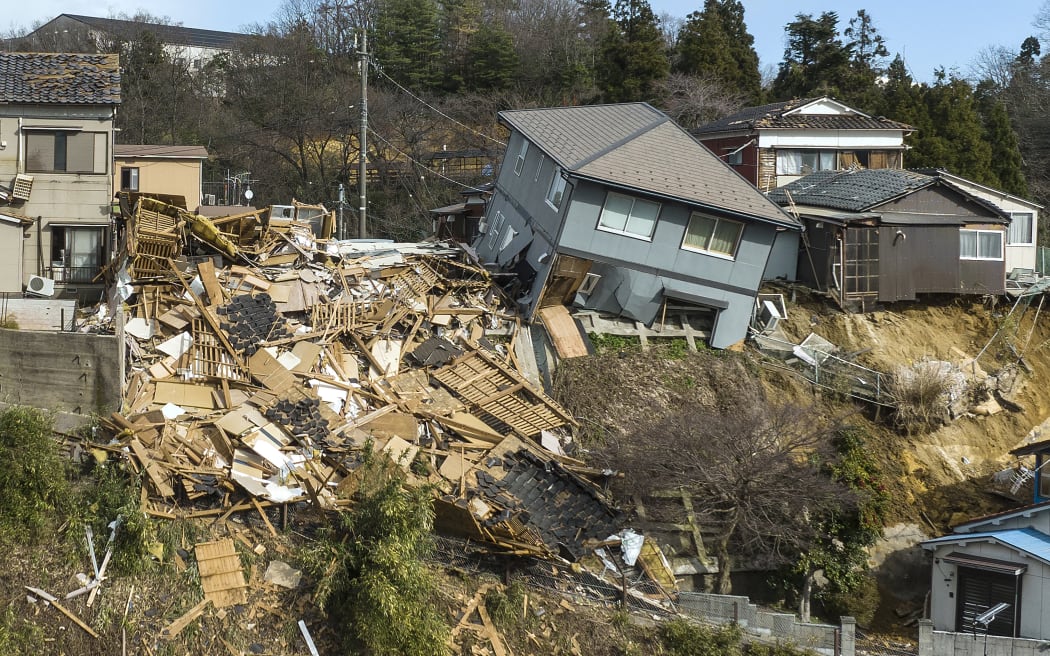
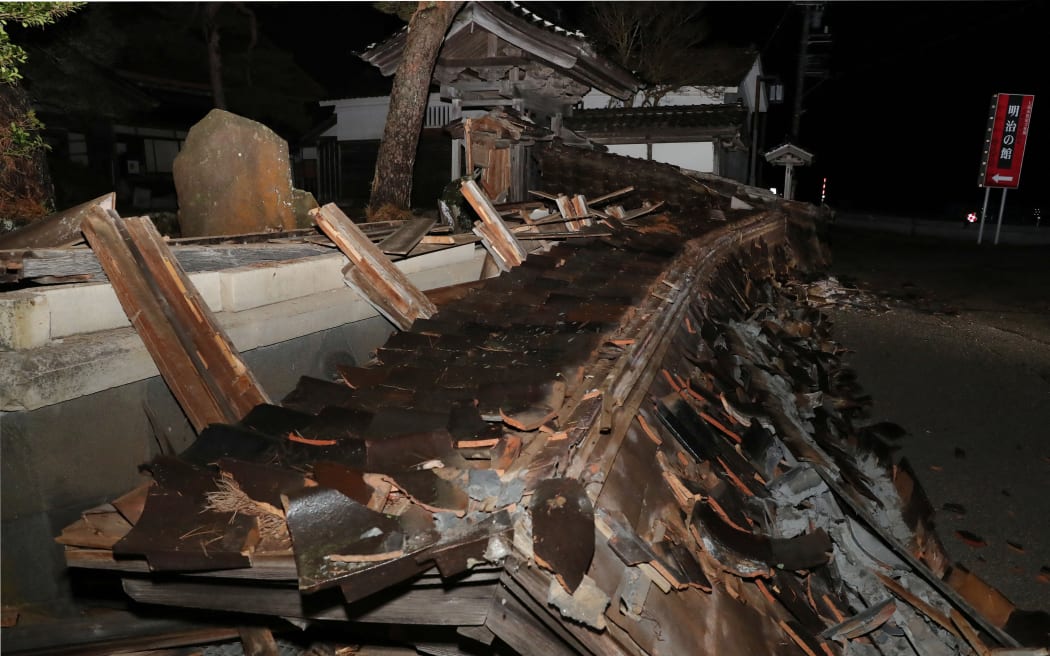







 Band of bothers: Abe and Trump, pictured at a November 2017 summit in Tokyo (EPA/Jiji)
Band of bothers: Abe and Trump, pictured at a November 2017 summit in Tokyo (EPA/Jiji)


 Japan has persevered with weapons purchases apart from the Aegis, such as Lockheed Martin's F-35 stealth fighter, another controversial piece of equipment. © Reuters
Japan has persevered with weapons purchases apart from the Aegis, such as Lockheed Martin's F-35 stealth fighter, another controversial piece of equipment. © Reuters
